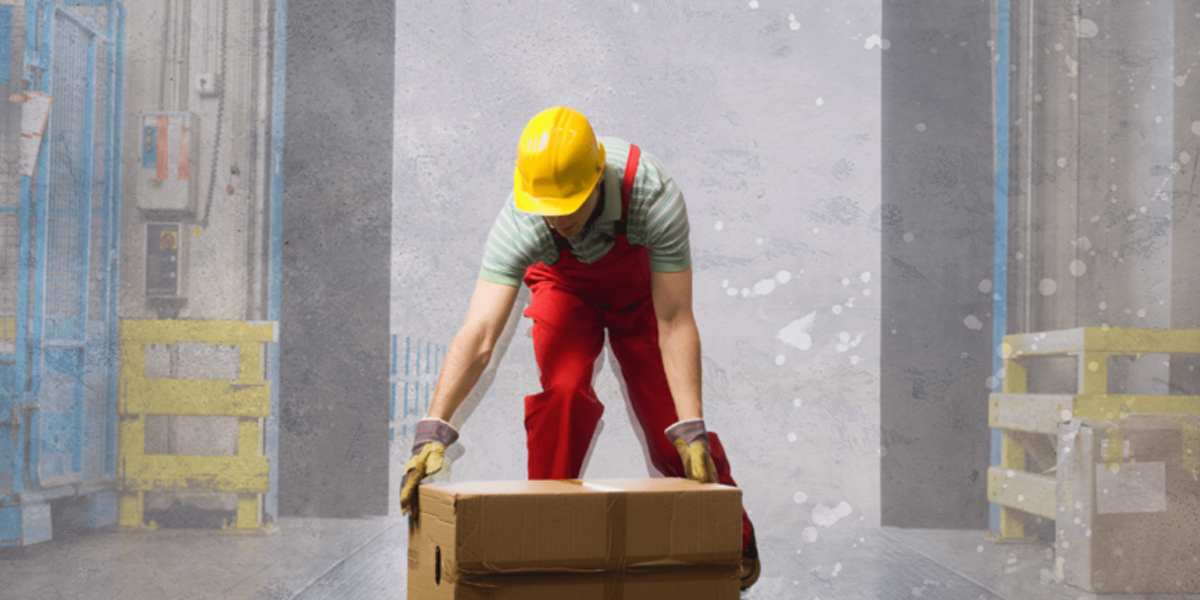The right clothing can indeed make you feel like a million bucks. However, the proper workplace clothing can help make you safer on the job and reduce injuries.
If your employees are lifting, packing, or shipping as part of their job. Or if you operate a warehouse, distribution center, retail space, or other facility where labor is part of everyday operations, this article about new-age workplace apparel from The Hustle is worth your time.
High-tech wearables could make workplace injuries a thing of the past
Wearable exosuits do the heavy lifting for warehouse workers.
By: Sara Friedman
December 22, 2023
A wearable exoskeleton that makes you stronger sounds like something out of a comic book.
But there’s a Massachusetts-based startup making it real: Verve Motion is working to solve the nation’s multibillion-dollar workplace injury problem.
Verve is doing so with a battery-powered exosuit that’s lightweight and soft but strong enough to help workers avoid back injuries while lifting merchandise (injuries from overexertion make up $12.8B of America’s $58B+ workplace safety losses).
Per Forbes, Verve’s SafeLift exosuit, which looks like a backpack:
- Offloads up to 40% of the average 50k pounds a warehouse worker lifts each day.
- Can reduce the amount of back injuries by 65%-85%.
- Goes on in 30 seconds, fits all body types, and has the battery capacity for 10-12 hours of work.
Warehouse picking and packing is one of the more challenging jobs to automate because of how detail-oriented it is, something Verve wants to solve by assisting humans with robotics rather than replacing them.
So far…
… so good. The company has pilot programs with chains like Wegmans and Albertsons and has raised $40m in total funding with an estimated valuation of $100m+.
So far, the company has sold 1k+ exosuits, which are being used in warehouses across 20 companies.
Each suit costs $350+ per worker, per month — a small price to pay compared to the ~$40k employers pay to cover each injury-related insurance claim.
Suit up
Exosuits have tons of exciting applications beyond helping warehouse workers (though this is top of mind during the holiday rush).
Companies are considering a variety of use cases to tap into the growing $2.1B+ exoskeleton market:
- ReWalk Robotics makes products that help people with spinal cord injuries to stand, walk, and climb stairs.
- HeroWear worked with the US Army to develop an exosuit that assists soldiers on the battlefield.
- And research is underway on exoskeletons that help you run faster.
Now someone get an exosuit to Santa stat before he throws out his back going down the chimney.







